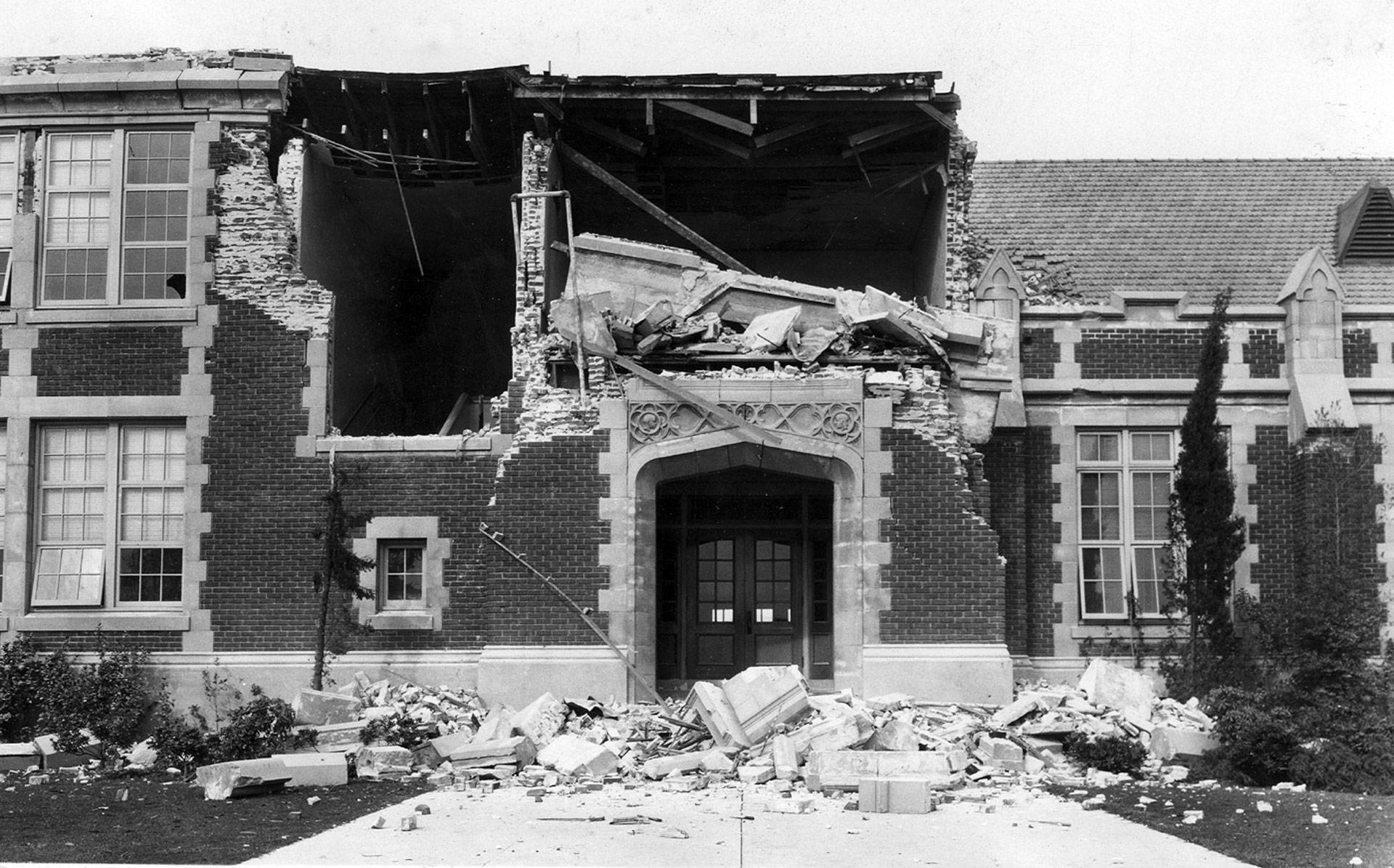A new study suggests some Los Angeles-area earthquakes in the 1920s and 1930s could have been caused by the oil boom at the time.
The paper, scheduled to be published online Tuesday in the Bulletin of the Seismological Society of America, presents evidence that drilling around Los Angeles between 1915 and 1932 could have been associated with damaging earthquakes in the area, including the magnitude 6.4 Long Beach quake in 1933 that killed 120 people.
Although the modern practice of hydraulic fracturing has been tied to small man-made earthquakes, right off the bat, the study authors — Susan E. Hough and Morgan Page of the U.S. Geological Survey — make clear this is not a study to draw lessons from today. The authors write in the opening paragraph:
"Our results suggest that significant earthquakes in Southern California during the early twentieth century might have been associated with industry practices that are no longer employed (i.e., production without water reinjection), and do not necessarily imply a high likelihood of induced earthquakes at the present time."
As the Los Angeles Times points out, "Nowadays, water is carefully used to replace the pumped-out oil, which prevents land from sinking and also helps extract more oil," something that was not being done in the '20s and '30s in the oil fields of the Los Angeles basin.
Rather than a model for the present, the new paper is a lens through which to view the seismic past of Southern California, using scientific history.

